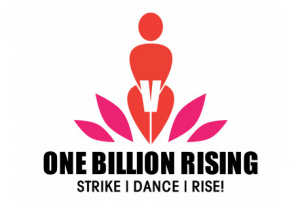 This is nearly the same title of a blog post I wrote in the last week of December. What I am writing here, however, updates you on the One Billion Rising, February 14, 2013 campaign and gives you three fresh faces of sustainability, a small sampling of those speaking on behalf of women and this campaign.
This is nearly the same title of a blog post I wrote in the last week of December. What I am writing here, however, updates you on the One Billion Rising, February 14, 2013 campaign and gives you three fresh faces of sustainability, a small sampling of those speaking on behalf of women and this campaign.
First, a reminder of what One Billion Rising is all about.
On 14 February 2013, V-Day is inviting ONE BILLION women and those who love them to WALK OUT, DANCE, RISE UP, and DEMAND an end to violence against women and girls.
Secondly, why this campaign is a model of cause marketing as outlined recently in an article by Cone Communications which cites three attributes of how this campaign manages “to shine a spotlight on an age-old issue.” They are: (1) it offers a simple, unifying message; (2) it provides an easy way for people to get involved; and (3) it uses a beloved holiday as a unifying touchpoint.
I would elaborate slightly on the three to include people or social issue, multiple ways for people to get involved, and it uses a related, beloved holiday.
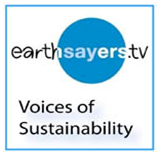 One of the easy ways for people to get involved is the use of online video where individuals from all walks of life can express their support by appealing to viewers to participate in the February 14 events. Because they are on YouTube, we were able to create a special collection on EarthSayers.tv, voices of sustainability around the campaign thereby increasing the reach and longevity of the message as well as increasing the visibility of these sustainability thought leaders.
One of the easy ways for people to get involved is the use of online video where individuals from all walks of life can express their support by appealing to viewers to participate in the February 14 events. Because they are on YouTube, we were able to create a special collection on EarthSayers.tv, voices of sustainability around the campaign thereby increasing the reach and longevity of the message as well as increasing the visibility of these sustainability thought leaders.
Here is a small sampling of the videos we included in the special collection. There is a conspicuous absence of business leaders even those who count women and girls among their best customers from among the over 200 individuals highlighted on the V-Day YouTube channel.
Congresswomen Jan Schakowsky
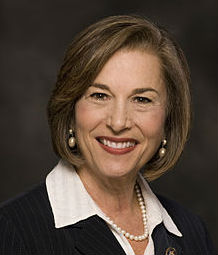 Congresswoman Jan Schakowsky asks you join in on February 14, 2013 in One Billion Rising event in Chicago and she addresses her experience in the East Congo and understanding “rape as the low cost weapon of war.” The event is at noon at Daly Plaza, February 14, 2013. Here is her video.
Congresswoman Jan Schakowsky asks you join in on February 14, 2013 in One Billion Rising event in Chicago and she addresses her experience in the East Congo and understanding “rape as the low cost weapon of war.” The event is at noon at Daly Plaza, February 14, 2013. Here is her video.
In this video she references the United Nation. This is an excellent site to get more information on the United Nation’s ongoing role to end violence against women visit this site: endviolence.un.org
Herman Van Rompuy, President of the European Council
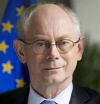 Herman Van Rompuy, President of the European Council, is RISING with V-Day on 14 February 2013. He talks about non-discrimination and gender equality in a union of values and references the statistic that one in three women will be raped, beaten or otherwise abused in her lifetime. Here is his video.
Herman Van Rompuy, President of the European Council, is RISING with V-Day on 14 February 2013. He talks about non-discrimination and gender equality in a union of values and references the statistic that one in three women will be raped, beaten or otherwise abused in her lifetime. Here is his video.
For more information on the statistic cited by Mr. Van Rompuy, visit this site, oneinthreewomen.com.
Eve Ensler, Founder of V-Day
 Eve Ensler is the founder of V-Day the sponsor of the One Billion Rising campaign. In this video she extends her gratitude to all of you who are practicing and preparing, organizing, singing, dancing, and writing for an end to violence against women with one week left until we rise! Here is her video.
Eve Ensler is the founder of V-Day the sponsor of the One Billion Rising campaign. In this video she extends her gratitude to all of you who are practicing and preparing, organizing, singing, dancing, and writing for an end to violence against women with one week left until we rise! Here is her video.
Ms. Ensler’s experience performing THE VAGINA MONOLOGUES inspired her to create V-Day, a global movement to stop violence against women and girls. She has devoted her life to stopping violence, envisioning a planet in which women and girls will be free to thrive, rather than merely survive.
The path to sustainability from One Billion Rising is easily understood in light of the sustainability taxonomy we use everyday in archiving hundreds of sustainability videos:
One Billion Rising>women’s rights and role>human rights (social justice)>People (Social)>Sustainability and
Violence Against Women and Girls> Violence, Structural> Peace, War, Violence, Security>People (social)>Sustainability.

To find a location of the One Billion Rising event nearest you, click here.
Ruth Ann Barrett, Sustainability Advocate, February 12, 2013, Portland, Oregon and at the One Billion Rising Event, February 14th at 3PM, PST, at Director’s Park, Downtown Portland, Oregon.
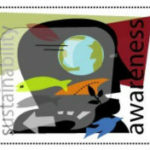
 Early in 2017 I came to the realization that the soul of sustainability lies within our interdependence or oneness or kinship. It was a
Early in 2017 I came to the realization that the soul of sustainability lies within our interdependence or oneness or kinship. It was a unlivable; and turning family life into a nightmare. The New York Times article, 1 Son, 4 Overdoses, 6 Hours, makes this point: “Drug deaths draw the most notice, but more addicted people live than die. For them and their families, life can be a relentless cycle of worry, hope and chaos.”
unlivable; and turning family life into a nightmare. The New York Times article, 1 Son, 4 Overdoses, 6 Hours, makes this point: “Drug deaths draw the most notice, but more addicted people live than die. For them and their families, life can be a relentless cycle of worry, hope and chaos.” 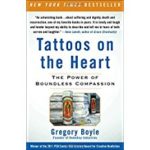 connection and thinking of it as going to the soul of sustainability works. It works for not only knowing what to do next, but having the confidence to move forward despite inexperience or feelings of being overwhelmed or to hear yourself think, it’s not my problem.
connection and thinking of it as going to the soul of sustainability works. It works for not only knowing what to do next, but having the confidence to move forward despite inexperience or feelings of being overwhelmed or to hear yourself think, it’s not my problem.








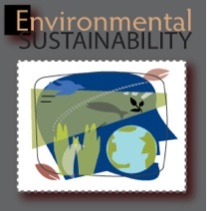
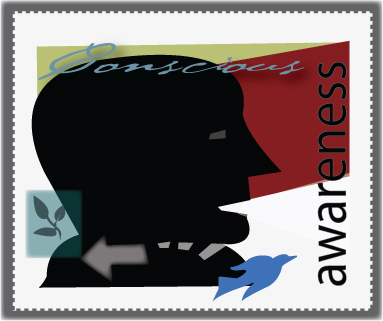
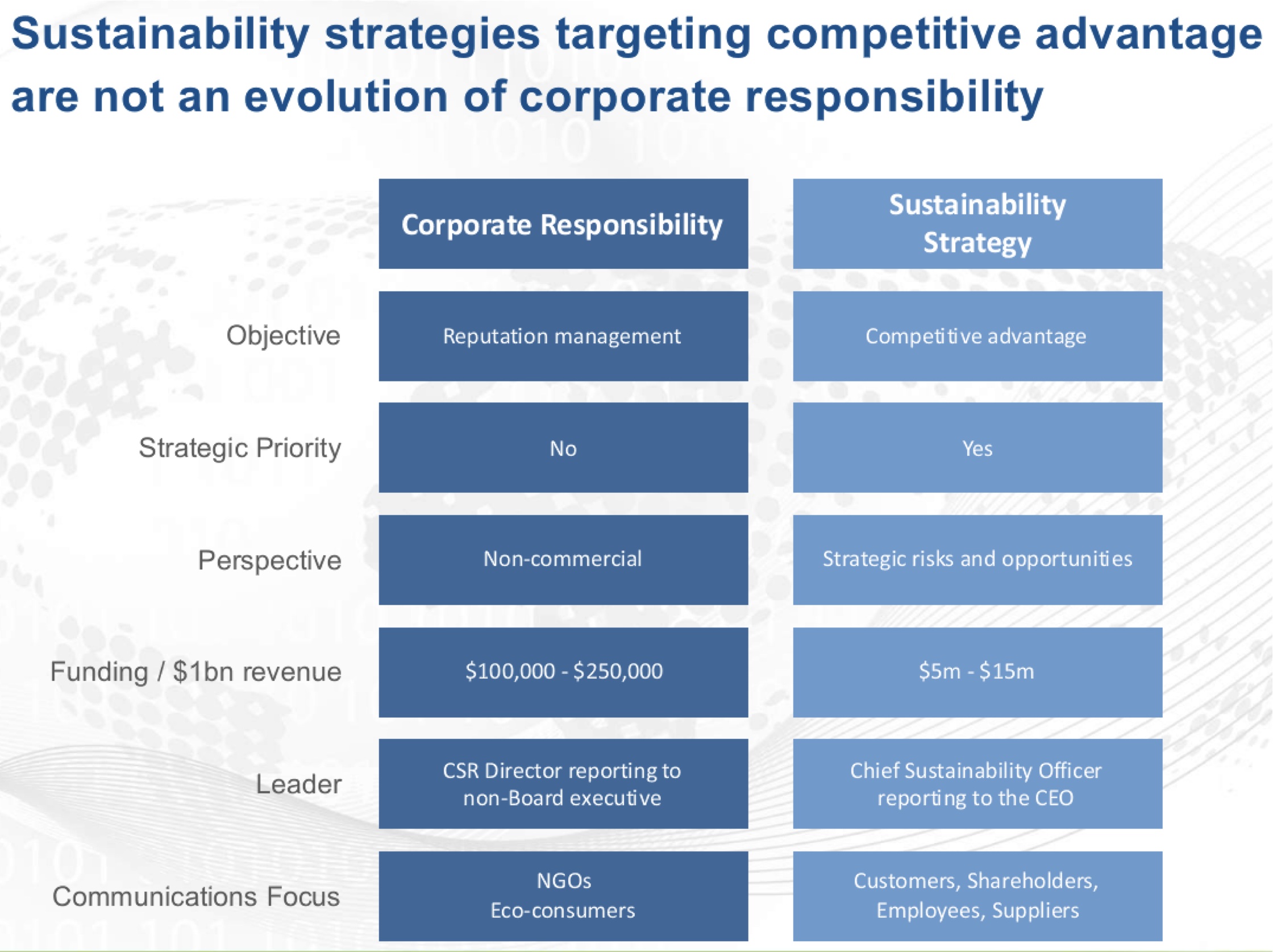



 The content map identifies four major elements of sustainability – Systemic Change, Planet, People, Prosperity – with twenty-three categories under these four elements. All keywords and phrases roll up to one of the elements e.g. consumerism (keyword) to culture and consciousness (category) to people (element).
The content map identifies four major elements of sustainability – Systemic Change, Planet, People, Prosperity – with twenty-three categories under these four elements. All keywords and phrases roll up to one of the elements e.g. consumerism (keyword) to culture and consciousness (category) to people (element).